This classic technique is versatile, easy to colour, flavour, and garnish with endless possibilities. The meringue is a technique that is often used to construct more gourmand recipes but the meringue is equally as delightful on its own. The recipe I’m sharing applies to the Swiss method.
This method involves cooking the whites before baking the meringue, which results in a more stable finished product, (compared to the French method, which is a raw meringue preparation). The Swiss meringue is a structured shell with a gooey to dry interior (the longer you leave the meringue in the oven, the more the centre dries).
This recipe is for rose and pistachio meringues, two-ways: one a plain meringue garnished with crystalized rose petals and nibbed pistachio, and the other a rose flavoured meringue garnished with nibbed pistachio. The combination is fresh and fragrant, as is spring in Paris.
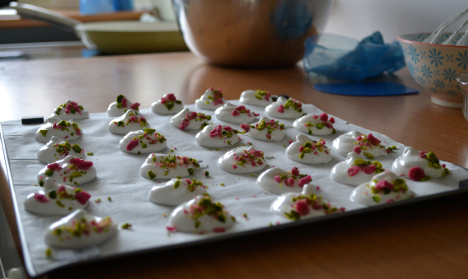
Summary
Yields approximately 50 4-centrimetre-diameter meringues
Preparation: 20-30 minutes
Cooking: 30-40 minutes
Keep: meringues keep for a few days in an airtight container
Ingredients
For the meringue:
4 egg whites
200 g sugar
a few drops of lemon juice*
Rose extract
Red or pink food coloring
To garnish:
Nibbed, raw pistachios
Crystalized rose petals
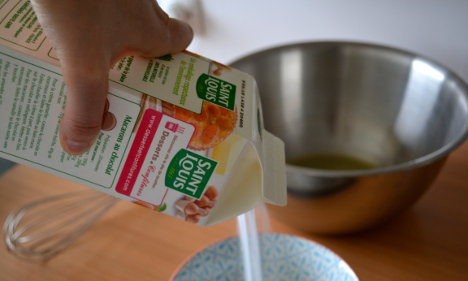
Method
Meringues, at the heart of French pastry, do not require many ingredients, but preparing your workspace is crucial.
1. First warm your bain marie. Place a shallow frying pan over a low heat, fill halfway with water, and place one sheet of paper towel (this will maintain the stability of the bowl while mixing). Next, prepare two trays by lining with parchment paper. Ensure all bowls and utensils are clean; fat residue can inhibit the meringue from forming.
2. In a large mixing bowl, whisk the egg whites until foamy. Whisk in the sugar and lemon juice. Place over the bain marie and continue to whisk until warm to the touch. Your meringue will be thick and glossy. Remove from the heat and whisk until room temperature. Whisking by hand or with an electric-mixer, your meringue should reach medium-stiff peaks; the stiffer the meringue, the better it will hold its shape while piping.
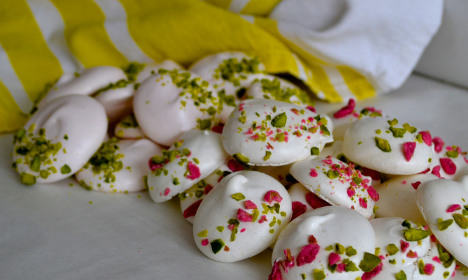
3. Fit two piping bags with a plain, 1cm nozzle. Spoon half of the mixture to one piping bag. Pipe circles, or other desired shape, to prepared tray. Sprinkle crystalised rose petals and nibbed pistachio to half of each meringue. With the remaining mixture, flavour by adding rose extract until you achieve a faint fragrance (I use 6 drops for 135g of meringue, but the amount used depends on the extract and the amount of meringue) and red or pink food coloring. Place the rose meringue to a fitted piping bag and pipe to the second tray. Sprinkle nibbed pistachio to half of each meringue.
4. Bake meringues at 100C for 30 to 40 minutes. The meringues are done when they remove easily and clean from the tray.
Bon appétit!
*The addition of the lemon juice is optional. The acid from the lemon juice will help to sustain the volume of the meringue.

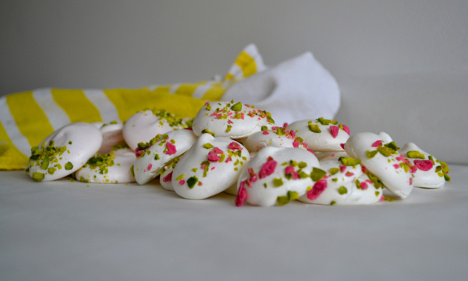
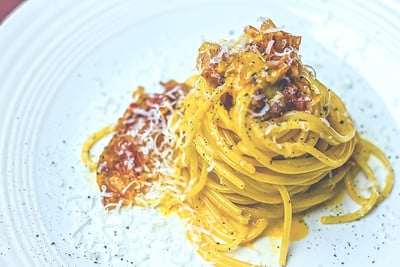

 Please whitelist us to continue reading.
Please whitelist us to continue reading.
Member comments